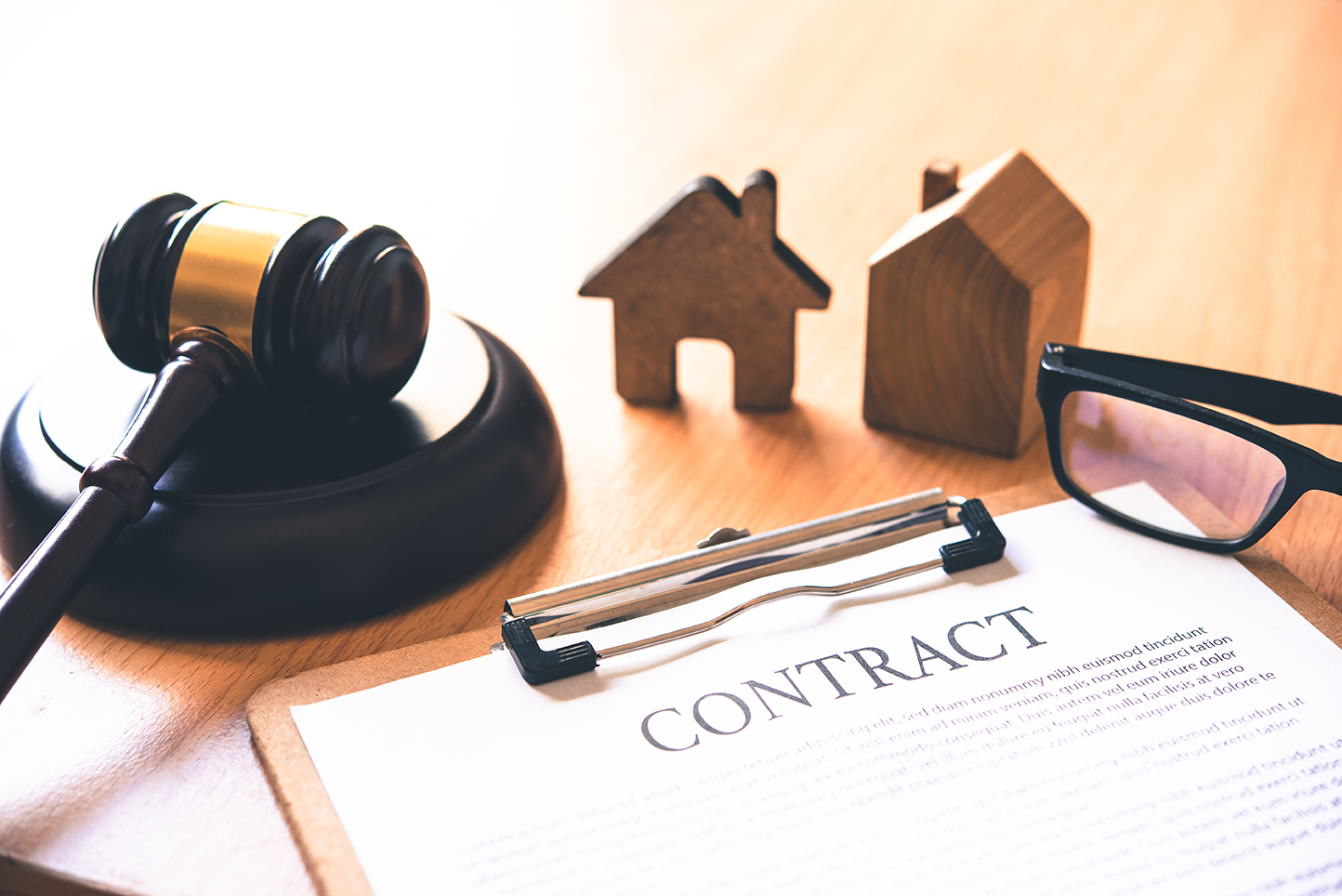Temporary Disabilities and Applying for Social Security Disability
Social Security Disability Insurance (SSDI) provides monthly benefits to people who cannot work due to a disability or medical condition. Benefits are only paid for total disability. That means if you can perform at least some of your essential job duties, work another comparable job, or can continue to work part-time (provided you earn less than substantial gainful activity), you won’t qualify for social security disability, even if you meet all other eligibility criteria.
Although you cannot receive SSD benefits for partial disability, it is possible to qualify based on a temporary disability. Here’s what you need to know before deciding to apply. To learn more about temporary disability and when you can apply for insurance, watch this short video.
Eligibility for SSD Benefits
The Social Security Administration (SSA) administers the SSD program. Applicants must meet certain criteria to be eligible for benefits. The first – and most important – is that you must prove that you have a qualifying disability.
What is a qualifying disability? The SSA Blue Book contains more than 100 medical conditions that automatically qualify applicants for SSD benefits, provided they meet the criteria for that listing. If an applicant doesn’t meet the Blue Book criteria – and many do not – it is still possible to qualify for SSD benefits if you can prove your condition meets or exceeds a listing. This usually happens when the combined effect of multiple disabilities makes you unable to work.
Having a qualifying disability isn’t the only criterion you must meet to receive SSD benefits. You must also be able to prove that:
- The disability has lasted, or is expected to last, at least 12 months or result in your death;
- You have sufficient work credits;
- You are unable to work not just your current job, but any other comparable job, given your education, work history, and age, and;
- Your monthly income falls below the substantial gainful activity The SGA amount changes annually, but in 2022, this means you earn less than $1,350 per month ($2,260 for people who are statutorily blind).
Proving that you meet these criteria requires a combination of medical records (a letter from a doctor simply stating your diagnosis won’t suffice), work and salary information, and information you provide on the SSD Function Report, which lets you explain how the disability affects your ability to work.
How do I qualify for SSD with a temporary disability?
For SSD purposes, “temporary disability” doesn’t mean a short-term disability – it means a disability or medical condition you are expected to eventually recover from. So long as the disability has lasted, or is expected to last, 12 months or more, you are eligible to apply for SSD benefits (approval for benefits, of course, depends on whether you meet the other eligibility criteria).
What qualifies as a temporary disability? There is no official list. Instead, it depends on the disability and expected recovery period. A broken leg from a car accident that is expected to fully heal in six to eight weeks wouldn’t qualify, because it doesn’t meet the “expected to last at least 12 months” requirement. But if the car accident caused extensive injuries that required multiple surgeries and intensive rehabilitation, you would be eligible if the recovery period is expected to be longer than 12 months. Illnesses such as cancer, which are curable following a long treatment period, may also make you eligible for benefits.
Like permanent disabilities (those you are unexpected to recover from), the temporary disability must interfere with your ability to work. If you can continue to work despite the disability, you won’t be eligible for benefits. Some people undergoing cancer treatment, for example, may be able to continue working, whether with modifications, such as working from home, or by reducing their hours to part-time. Others may suffer debilitating side effects from the treatment that makes them unable to work even with reduced hours or accommodations.
How long will I receive SSD benefits with a temporary disability?
Social security disability benefits stop once the disability ends and you can return to work. How does the SSA determine when benefits should end? By having you complete a continuing disability review, or CDR. Watch our video to learn more about continuing disability reviews.
The CDR provides the SSA with information that helps them determine whether you are still eligible for disability benefits. When the SSA approves people for SSD benefits, it assigns them to one of three categories depending on the nature and severity of the disability and the likelihood of improvement. The category you are assigned to determines how frequently you must undergo a CDR. These categories are:
- Medical Improvement Expected: Once every six to 18 months.
- Medical Improvement Possible: Once every three years.
- Medical Improvement Not Expected: Once every seven years, but no more than once every five years.
The SSA will send you a CDR form when it is time to review your case. In addition, SSD beneficiaries have a continuing obligation to update the SSA with any changes to their medical condition. So, if you were placed in the Medical Improvement Possible category but were recovered and ready to return to work before your first CDR, you would need to tell the SSA and benefits would end.
Contact a social security disability attorney
Need an attorney to help you apply for social security disability benefits? The attorneys at The Good Law Group have been helping people unable to work due to a disability obtain social security disability benefits for more than 35 years. Our experienced SSD attorneys can help at every stage of the process, from the initial application to a federal appeal. We provide free case evaluations and, if we accept your case, you only pay if you are awarded benefits. To schedule an appointment, call us at 847-577-4476.









